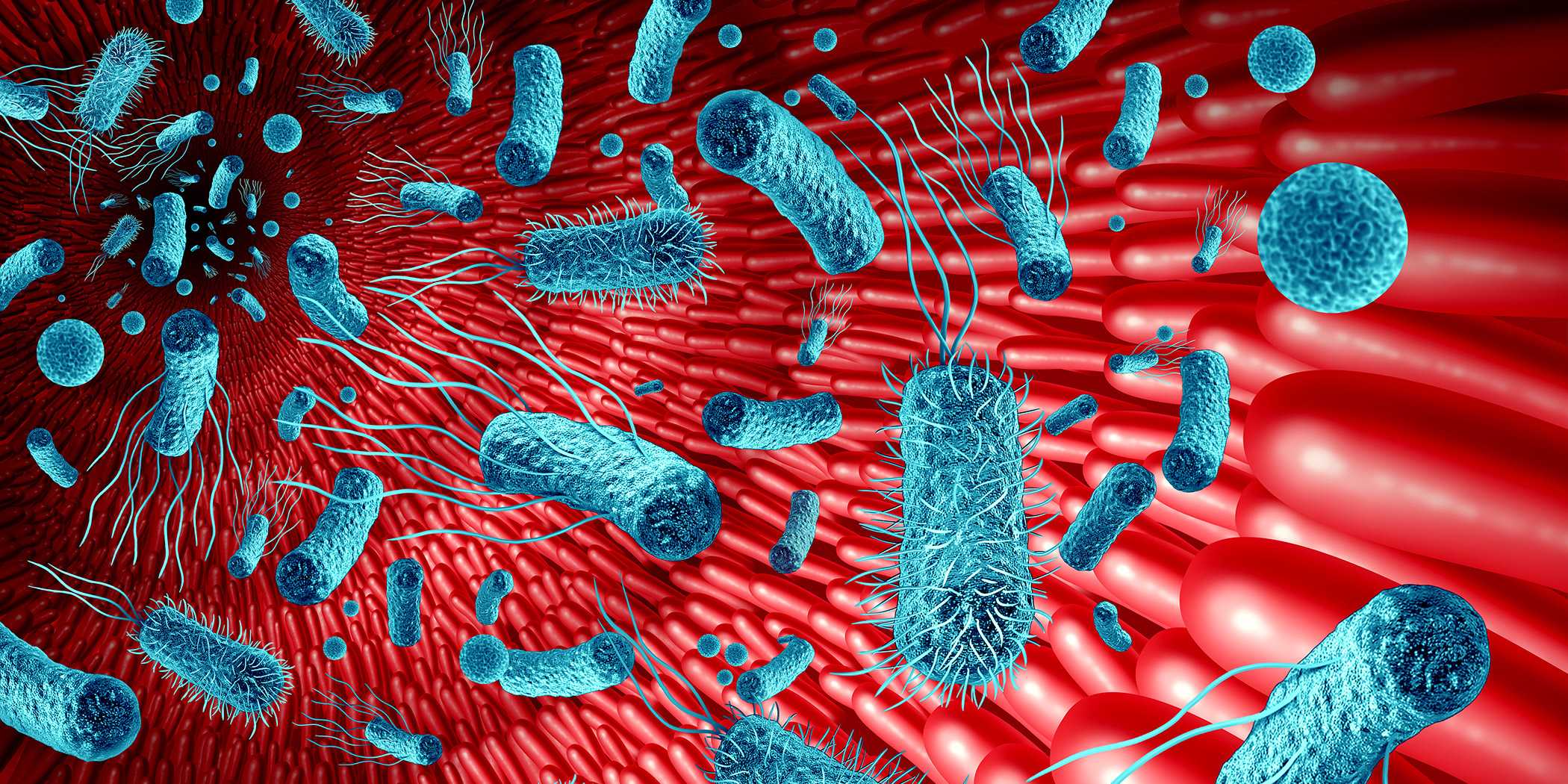How Salmonella grow together in the gut and exchange antibiotic resistance
The ability to utilize a mere single alternative food source is all it takes for diarrhoea causing Salmonella bacteria to bloom when a gut is already colonized by a closely related strain, according to researchers from ETH Zurich. This coexistence enables the exchange of antibiotic resistance.

In brief
- Intestines provide an ideal place for closely related bacteria to exchange vital information such as antibiotic resistance.
- In theory, bacteria of the same species should consume similar nutrients and thereby block each other’s growth. So, why can different strains co-exist and exchange DNA?
- ETH Zurich researchers show that strain-specific capacities to utilize a “private” nutrient, permits gut co-colonization by two different Salmonella strains and enables transfer of antibiotic resistance.